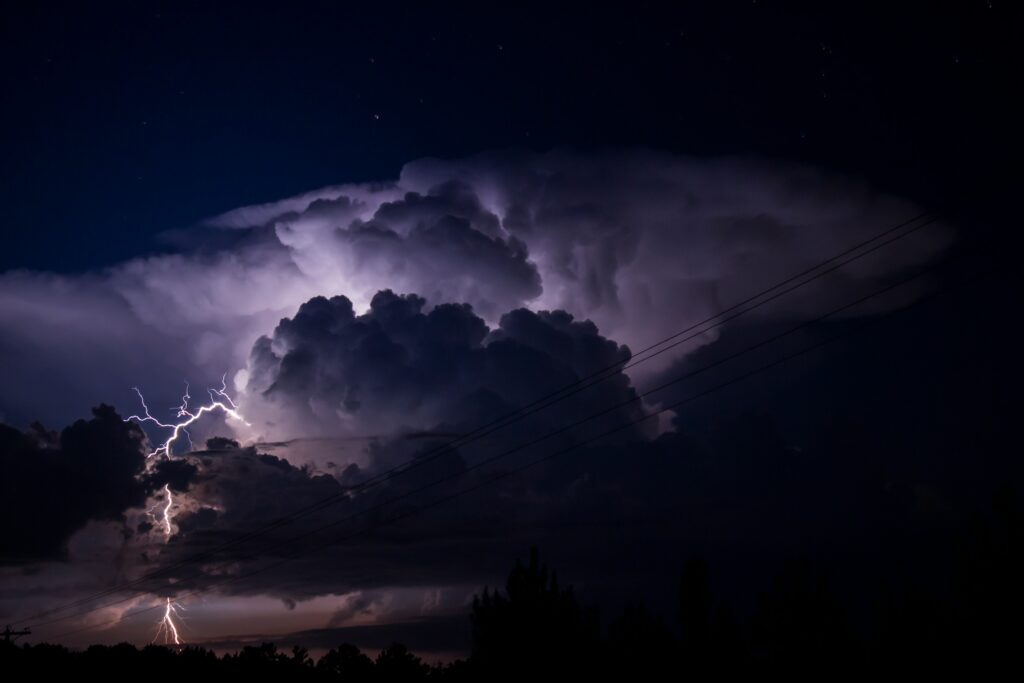“ Weather”
What is Weather?
Introduction
Weather is something that affects every part of our daily life. Whether it’s key what to wear, planning a trip, or even decisive what kind of crops farmers plant, the weather plays a key role. But what exactly is weather? In simple terms, weather is the condition of the atmosphere at a specific place and time. It can change from day to day and even hour to hour. Understanding weather helps us prepare for what lies fast, whether it’s a sunny day at the beach or a stormy night indoors.
- Definition of Weather
Weather refers to the short-term changes in the atmosphere. This includes temperature, humidity, precipitation (like rain or snow), wind, and visibility. Different climate, which describes the long-term patterns of weather in aarea, weather is what you feel every day. For example, the climate in a tropical region is generally hot , but the weather on a specific day might include a heavy rainstorm.

- Fundamentals of Weather
Weather is made up of some key elements. These elements work together to create the daily weather we feel.
- Temperature: This is a measure of how hot or cold the air is. Temperature can vary greatly depending on the time of day, the season, and the location. For example, temperatures are usually lower at night and higher during the day. In summer, temperatures are generally higher than in winter.
- Humidity: Humidity refers to the amount of moisture in the air. High humidity means there is a lot of water vapor in the air, which can make the air feel adhesive or close. Low humidity, on the other hand, means the air is dry. Humidity levels often rise before it rains and drop when the weather is clear.
- Wind: Wind is the movement of air from one place to another. It happens because of differences in air pressure. Wind can be a gentle wind or a strong draft, and it can make temperatures feel cooler or warmer. For example, a cold wind on a winter day can make the temperature feel even colder.
- Precipitation: Precipitation is any form of water that falls from the sky. This includes rain, snow, snow, and hail. Precipitation is a key component of weather and plays a key role in the water cycle. Rain is common in many parts of the world, while snow is more likely in colder area.
- Visibility: Visibility refers to how clearly we can see objects in the distance. Fog, rain, and snow can reduce visibility, making it difficult to drive or see cold landmarks.
- Examples of Weather
To better understand weather, let’s look at a few examples.
- Sunny Day: On a sunny day, the weather is characterized by clear atmospheres, warm temperatures, and little to no wind. Sunny weather is ideal for outdoor activities like climbing, picnicking, or playing sports.
- Rainy Day: A rainy day is marked by overcast atmospheres, cooler temperatures, and, of course, rain. The rain might be light and steady, or it could be a heavy rainstorm. People often carry umbrellas and wear raincoats on rainy days.
- Windy Day: Windy weather is when the air is affecting at high speeds. This can make the temperature feel colder than it actually is. On stormy days, you might see leaves blowing off trees or feel the wind pushing against you as you walk.
- Snowy Day: Snowy weather occurs when temperatures are cold enough for precipitation to fall as snow. Snow covers the ground in a total of white, and activities like sledding and snowball fights become popular. Snowy weather is common in winter and in colder regions.
- Stormy Day: Stormy weather is characterized by dark clouds, strong winds, and sometimes thunder and lightning. Storms can bring heavy rain, hail, and even cyclones. People are directed to stay indoors during severe storms for safety.

- How Weather Affects Daily Life
Weather has a significant impact on how we live our lives. Here are some ways in which weather effects our daily activities:
- Clothing Choices: One of the most immediate effects of weather is on what we wear. On a cold day, we pack up in warm clothes, while on a hot day, we opt for lighter, breathable fabrics. Rainy weather calls for waterproof jackets and boots, while a sunny day might mean sunglasses and hats.
- Outdoor Activities: Weather plays a major role in causal what we do outdoors. A sunny day might be perfect for a day at the beach or a picnic in the park, while rainy weather might lead to canceling plans or staying indoors. Weather also affects sports, with some games life postponed or canceled due to poor conditions.
- Transportation: Weather can impact how we travel. Snow and ice can make roads slippery, leading to dangerous driving conditions. Fog and heavy rain can reduce visibility, making it difficult for drivers to see. Air travel can also be affected by weather, with flights sometimes late or cancelled due to storms.
- Agriculture: Farmers rely heavily on weather for growing crops. Different crops require different weather conditions to succeed. For example, rice grows well in warm, wet conditions, while wheat prefers cooler, drier weather. Weather also affects the timing of planting and harvesting. A sudden frost can damage crops, while a drought can lead to poor yields.
- How Weather Changes
Weather is constantly changing due to a change of factors. The Earth’s rotation, the sun’s heat, and differences in air pressure all play a role in creating weather patterns. Here’s how these factors work organized:
- Earth’s Rotation: As the Earth rotates, different parts of the planet receive varying amounts of sunlight. This creates day and night, and also affects temperature. The Earth’s tilt also causes the seasons, with different regions experiencing changing weather patterns through the year.
- Sun’s Heat: The sun is the primary source of energy for the Earth’s weather system. It heats the air, land, and water, causing the atmosphere to warm up. Warm air rises, leading to changes in air pressure, which in turn creates wind. The sun’s heat also sources water to evaporate, leading to cloud formation and precipitation.
- Air Pressure: Differences in air pressure create wind and influence weather patterns. High-pressure areas are usually associated with clear, calm weather, while low-pressure areas can bring clouds and precipitation. Air pressure changes as warm air rises and cool air basins, leading to many weather conditions.
- Weather Prediction: Meteorologists study these factors to predict the weather. They use tools like satellites, weather balloons, and computer models to analyze data and make forecasts. Weather forecasting helps people prepare for upcoming weather, whether it’s planning a weekend exit or taking precautions against a severe storm.

Conclusion
Weather is an ever-present part of our lives, influencing everything from what we wear to how we travel and even what we eat. By understanding the basic elements of weather—temperature, humidity, wind, and precipitation—we can better prepare for the day ahead. Weather is constantly changing, driven by the Earth’s rotation, the sun’s heat, and air pressure differences. Through weather forecasting, we can gain insight into what the future holds, helping us make informed decisions and stay safe during extreme weather conditions. Whether it’s a sunny day at the beach or a snowy winter morning, weather is a powerful force that forms our world.

Pingback: The Impact of Weather Change 5 major effect
Pingback: What is Global Warming? 5 easy way to understand Global Warming
Pingback: Weather Tomorrow: How It Impacts Your Day 5 ways to know
Pingback: chicago weather : Windy City 3 season
Pingback: Weather in New York ny
Pingback: weather las vegas
Pingback: chicago illinois weather : What to Expect Year-Round Windy City